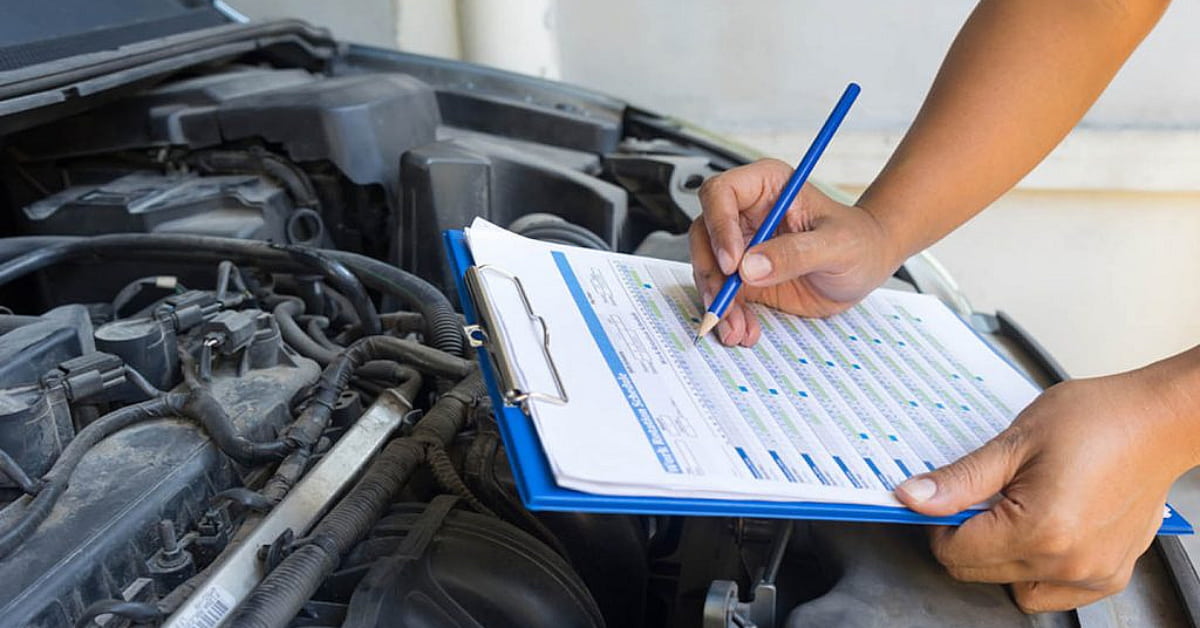When it comes to assessing the health of a used car engine, a thorough inspection is essential. One crucial aspect of this evaluation is examining the overall appearance of the engine and its exterior components. By assessing the engine’s appearance and inspecting for signs of damage, rust, leaks, and cleanliness, as well as evaluating the condition of belts, hoses, and wiring, one can gather valuable information about the engine’s condition. Additionally, considering specialized services like DPF (Diesel Particulate Filter) filter cleaning can contribute to a comprehensive inspection process. In this article, we will delve into the importance of visually inspecting the engine, checking for leaks and ensuring the integrity of its components, including considerations for DPF filter cleaning services.
Fluid Checks:
Engine Oil: Inspect the oil level, color, and consistency to ensure it is clean and at the appropriate level.
Coolant: Verifying the coolant level and examining its color and clarity can indicate potential cooling system issues.
Transmission Fluid: Checking the transmission fluid level, color, and smell to assess its condition and potential transmission problems.
Brake Fluid: Inspect the brake fluid level and quality to ensure proper braking performance and identify potential brake system issues.
Power Steering Fluid: Checking the power steering fluid level and condition to ensure smooth steering operation.
Start-Up Assessment:
Cold Start Observation: This involves observing the engine’s behavior when starting it from a cold state, such as after the car has been parked overnight. It includes listening for any unusual noises, such as grinding, knocking, or excessive cranking, which may indicate issues with the starter motor, battery, or engine components. Additionally, observing the exhaust for excessive smoke during a cold start can provide insights into potential engine problems.
Abnormal Noises or Smoke: During the start-up and running of the engine, listening for any abnormal noises is important. Unusual sounds like rattling, clicking, or grinding could indicate problems with engine components, such as valves, pistons, or bearings. Additionally, excessive smoke from the exhaust, especially colored smoke like blue (oil burning), white (coolant leakage), or black (fuel mixture issues), can indicate underlying engine issues.
Performance Evaluation:
Idle Stability: This involves observing the engine’s behavior at idle speed, when the vehicle is stationary. A stable and smooth idle indicates that the engine is running properly. If the engine exhibits rough idling, stalling, or irregular fluctuations in RPM (revolutions per minute), it may suggest issues with fuel delivery, ignition, or engine control systems.
Acceleration and Power: Evaluating the engine’s performance during acceleration is crucial to ensure it delivers power smoothly and adequately. The engine should respond promptly to throttle inputs and provide consistent power throughout the acceleration process. Any hesitation, lack of power, or uneven performance could indicate fuel, ignition, or engine mechanical problems.
Smoothness of Gear Changes: For vehicles with manual or automatic transmissions, assessing the smoothness of gear changes is important. The engine should seamlessly transition between gears without jerking, slipping, or unusual vibrations. Difficulties or abnormalities during gear changes may signify transmission issues or problems with the clutch (in manual transmissions).
Diagnostic Tools:
OBD-II Scanner: An OBD-II (On-Board Diagnostics) scanner is a diagnostic tool that connects to the vehicle’s OBD-II port to retrieve and interpret diagnostic trouble codes (DTCs) stored in the engine control unit (ECU). It helps identify specific issues or malfunctions within the engine or related systems, providing valuable information for diagnosis and repairs.
Compression Tester: A compression tester is used to measure the compression levels in each cylinder of the engine. By screwing it into the spark plug hole and cranking the engine, it provides readings that indicate the engine’s compression and the condition of the piston rings, valves, and cylinder head gasket.
Leak-down Tester: A leak-down tester measures the amount of compressed air that leaks out of the cylinders, helping assess the condition of the engine’s internal components. It can identify issues such as worn piston rings, leaky valves, or a blown head gasket by detecting air leaks through the intake or exhaust valves, piston rings, or cylinder walls.
Inspection of Engine Components:
Belts and Hoses: This involves visually inspecting the condition and integrity of the engine’s belts and hoses. Belts, such as the serpentine belt, drive various engine components like the alternator and water pump. Hoses, such as radiator hoses, carry coolant throughout the engine. Inspecting for signs of wear, cracks, fraying, or leaks is important to ensure that these components are in good condition and functioning properly.
Wiring and Electrical Connections: This step involves examining the engine’s wiring harnesses, connectors, and electrical components. Inspecting for damaged or frayed wires, loose or corroded connections, or signs of electrical issues is crucial. Faulty electrical connections can cause various engine problems, including misfires, starting issues, or sensor malfunctions.
Filters (Air, Oil, Fuel): Checking the air filter, oil filter, and fuel filter is essential for maintaining the engine’s performance and longevity. The air filter prevents contaminants from entering the engine, while the oil filter and fuel filter remove impurities from the oil and fuel. Inspecting these filters for cleanliness and replacing them if they are dirty or clogged helps ensure proper airflow, lubrication, and fuel delivery to the engine.








